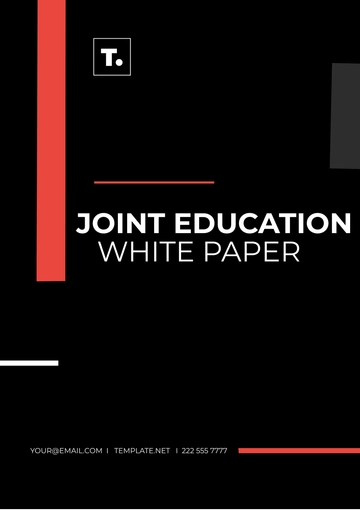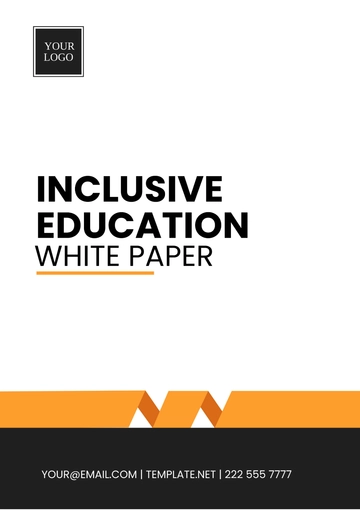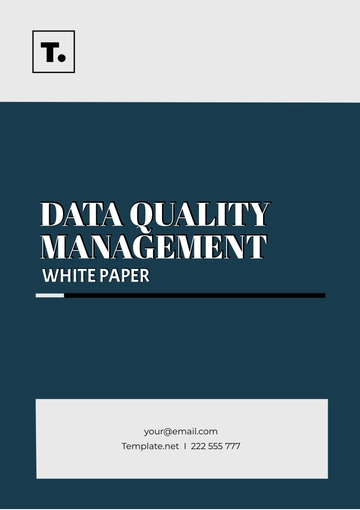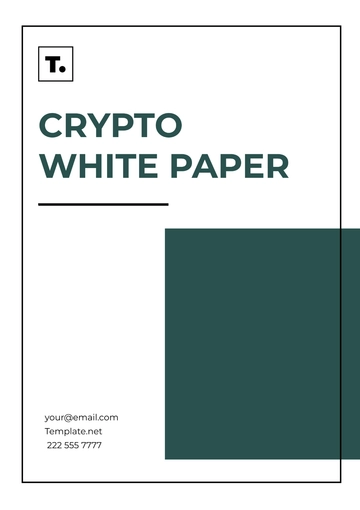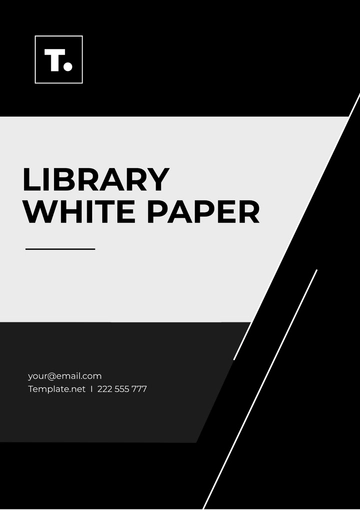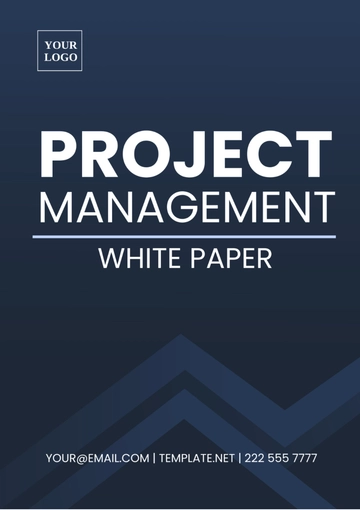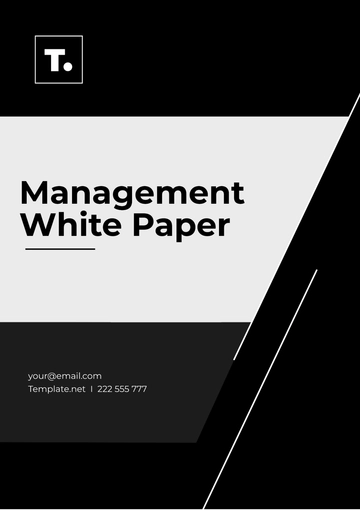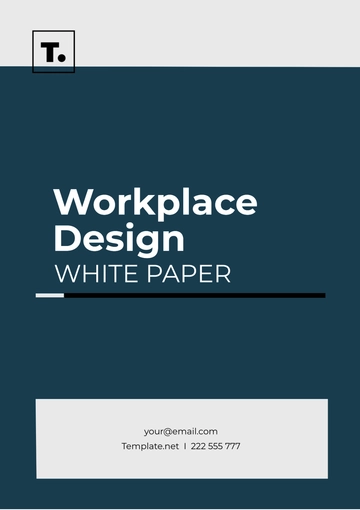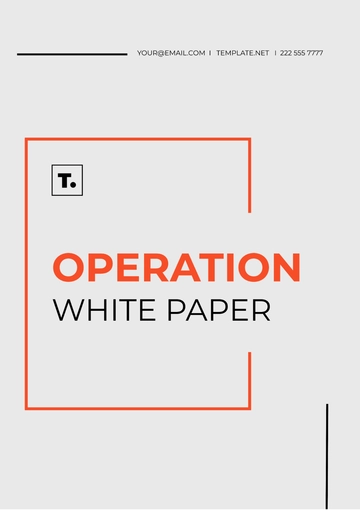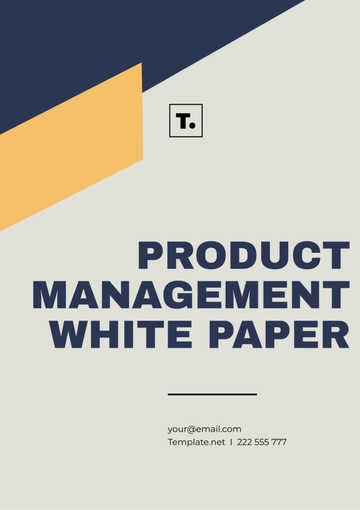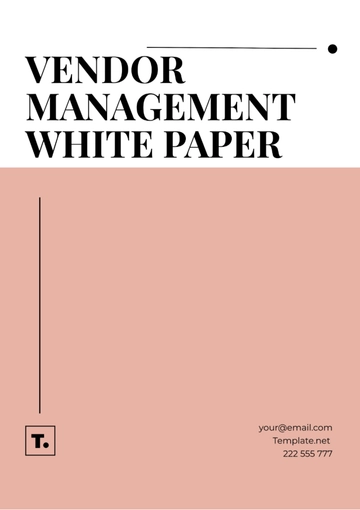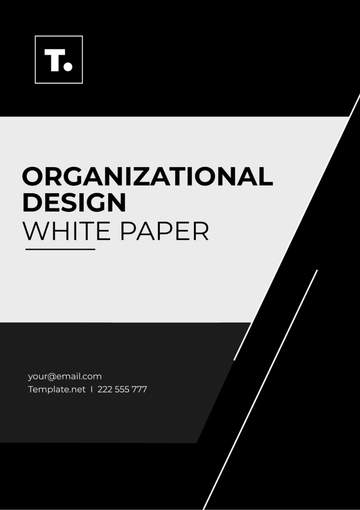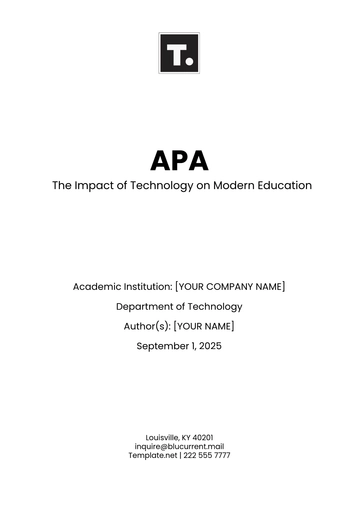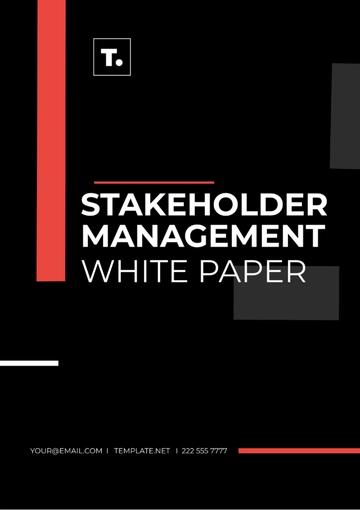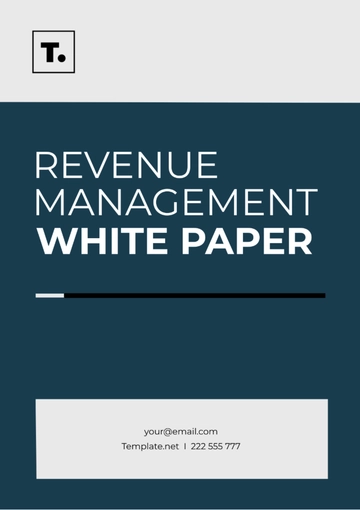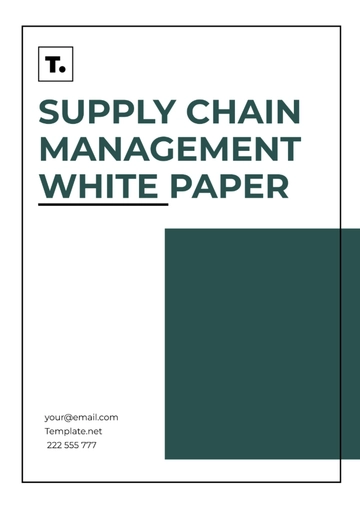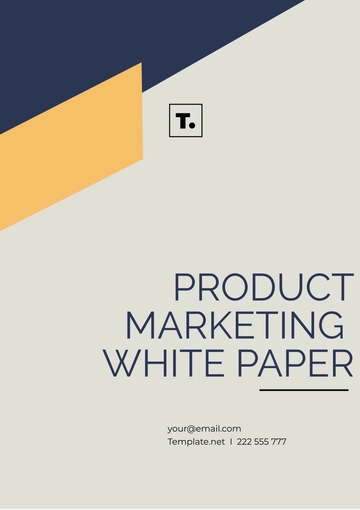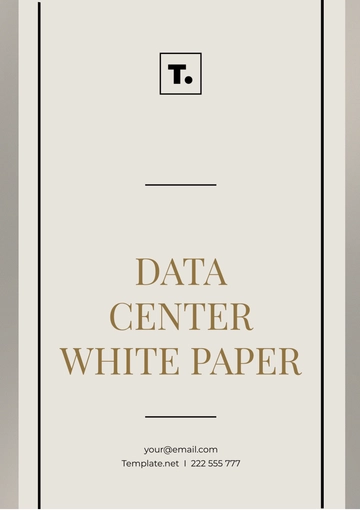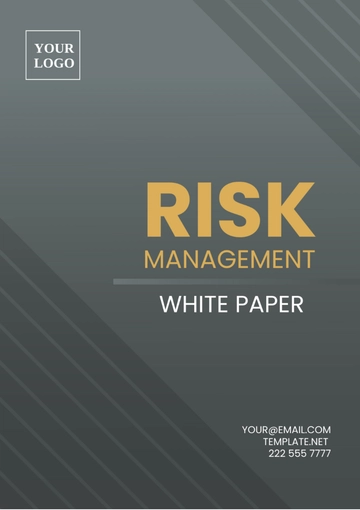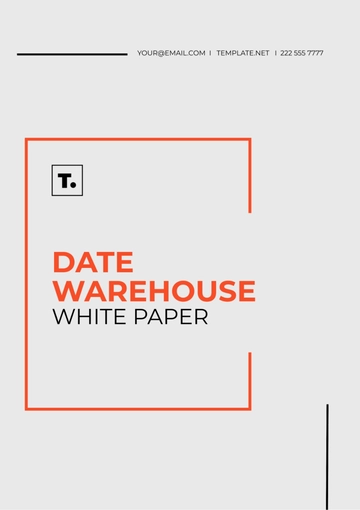Free Cryptocurrency White Paper
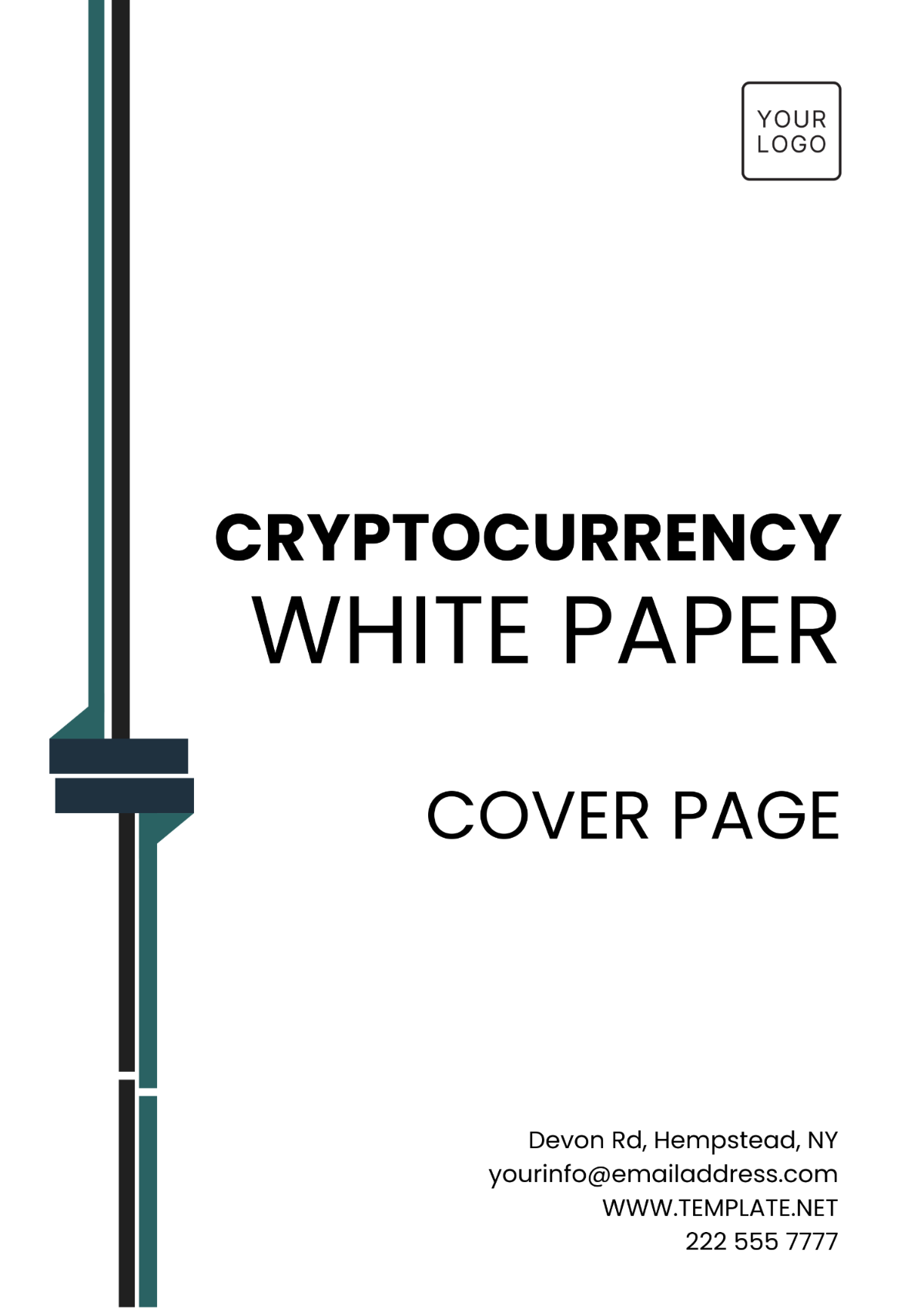
I. Introduction
The rapid evolution of digital finance has brought both unprecedented opportunities and challenges. As decentralized technologies grow in popularity, gaps in scalability, interoperability, and security continue to limit widespread adoption. We aim to address these issues with a blockchain ecosystem designed for seamless transactions, robust security, and scalable growth. Our platform is created with a clear focus: to empower users with a versatile, efficient, and user-centric cryptocurrency solution that bridges the gap between blockchain's potential and practical, real-world usability.
II. Project Overview
Our vision is to create a blockchain network that combines high performance, transparency, and decentralized governance. This project is designed to facilitate secure and efficient transactions, support decentralized applications (dApps), and enable rapid, flexible scalability. By integrating advanced protocols and leveraging a user-first design, our platform seeks to redefine what is possible in the world of digital finance. Through this, we aim to provide users, developers, and businesses with the tools they need to harness blockchain's full potential.
III. Technology and Architecture
A. Technical Framework
Our blockchain is built on a proof-of-stake (PoS) consensus mechanism, which offers a more energy-efficient alternative to traditional proof-of-work models. This PoS framework ensures network stability and security while minimizing the environmental impact associated with mining. Our architecture supports multi-layered processing, enabling high transaction throughput and resilience against network congestion. This design also includes native interoperability protocols, allowing seamless communication with other major blockchain networks.
B. Smart Contracts and Protocols
Our platform utilizes advanced smart contracts, which are self-executing contracts with terms of the agreement directly written into code. These smart contracts provide automated, secure, and transparent processes for all users, removing the need for intermediaries.
Token Protocol: Defines the creation, distribution, and management of tokens within our ecosystem.
Governance Protocol: Allows stakeholders to vote on platform upgrades and policy decisions.
Compliance Protocol: Ensures adherence to global regulatory standards while maintaining user privacy and autonomy.
Interoperability Protocol: Facilitates cross-chain communication, enabling assets and data to flow seamlessly across supported blockchains.
C. Scalability Solutions
To address the limitations of traditional blockchain networks, we have implemented multiple scalability strategies to optimize performance as user demand grows. These strategies ensure that our network remains fast, responsive, and capable of handling large volumes of transactions without sacrificing security.
Sharding: Divides the blockchain into smaller, manageable pieces (shards), allowing parallel processing of transactions across the network.
Layer-2 Solutions: Introduces an additional processing layer for off-chain transactions, which reduces congestion on the main chain and improves speed.
Adaptive Block Sizes: Allows the blockchain to adjust block sizes dynamically based on network demand, ensuring consistent transaction times.
D. Security
Security is foundational to our ecosystem, and we have implemented a multi-layered approach to protect users and data against threats. Our security protocols are designed to safeguard assets, prevent unauthorized access, and ensure data integrity throughout the platform.
Encryption: Ensures all data, whether at rest or in transit, is securely encrypted to prevent unauthorized access.
Multi-Factor Authentication (MFA): Provides an added layer of security for user accounts through multiple verification steps.
Regular Audits: Conducts frequent security audits by third-party agencies to identify and address vulnerabilities.
Intrusion Detection System (IDS): Continuously monitors the network for unusual activity, enabling rapid response to potential threats.
IV. Tokenomics
A. Token Utility
Our native token is integral to the ecosystem, serving multiple functions designed to enhance user experience and incentivize network participation. The token is used for transaction fees, staking rewards, and governance voting, granting users a direct role in the platform’s ongoing development. Additionally, the token can be utilized as collateral within decentralized finance (DeFi) applications, providing users with access to a range of financial services.
B. Supply and Allocation
The total supply of tokens is capped at 1 billion, designed to ensure long-term value and mitigate inflationary risks. Initial distribution allocates 30% of tokens to the public, 20% to ecosystem development, 15% to team and advisors, and 10% to partnerships. To maintain supply control, we have implemented a token burning mechanism where a portion of transaction fees is permanently removed from circulation, thus gradually reducing total supply over time.
C. Economic Model
Our economic model is designed to create long-term value for token holders while encouraging network growth. Users earn rewards through staking and participating in governance, while a portion of all transaction fees contributes to a community pool. This pool funds ecosystem initiatives, incentivizing network use and engagement. By fostering demand through utility and carefully managing supply, we aim to create a sustainable economic ecosystem.
Allocation | Percentage | Amount (in Tokens) |
|---|---|---|
Public Distribution | 30% | 300,000,000 |
Ecosystem Development | 20% | 200,000,000 |
Team and Advisors | 15% | 150,000,000 |
Partnerships | 10% | 100,000,000 |
Reserve | 25% | 250,000,000 |
D. Incentives for Users
To encourage user participation and engagement, our platform offers rewards for staking, transaction validation, and governance activities. Stakers earn proportional rewards based on their contribution to network security, while active participants in governance receive additional incentives. We also implement periodic token airdrops to reward early adopters and contributors to ecosystem development.
V. Roadmap
Our development roadmap outlines key project milestones, from initial network launch to full ecosystem deployment. We prioritize transparency and incremental progress, allowing our community to track each stage of growth. Each phase includes specific technical and community-focused objectives, designed to build a solid foundation and ensure long-term success.
Phase | Timeline | Key Milestones |
|---|---|---|
Phase 1 | Q1 | Network Launch, Initial Token Distribution |
Phase 2 | Q2 | Smart Contract Integration, First dApp Deployment |
Phase 3 | Q3 | Governance Model Launch, Cross-Chain Interoperability |
Phase 4 | Q1 | Full Scalability Rollout, Expanded dApp Ecosystem |
Phase 5 | Q2 | Community Expansion, Strategic Partnerships |
VI. Governance Model
A. Decentralization Strategy
Our platform is structured to operate as a decentralized ecosystem, with decision-making power distributed among token holders rather than centralized entities. This decentralization strategy ensures that development aligns with the community's needs and interests. By empowering token holders to participate in governance, we create an inclusive and adaptive ecosystem that evolves according to user demands.
B. Voting Rights
Token holders have direct voting rights on proposals related to platform upgrades, economic adjustments, and ecosystem initiatives. Votes are weighted by the number of tokens held, incentivizing active participation and long-term investment. Voting results are implemented transparently, ensuring that community decisions are accurately reflected in the platform’s direction.
C. Community Involvement
We prioritize community engagement through regular updates, open discussions, and feedback opportunities. A community advisory board provides a formal channel for user input on key developments and policies. Additionally, we host periodic community events and surveys to involve users in shaping the platform, ensuring that our ecosystem grows with user needs and preferences at the forefront.
VII. Legal and Compliance
A. Regulatory Considerations
Our project is committed to full regulatory compliance, ensuring adherence to applicable laws in each jurisdiction where our token may be used or traded. In the United States, we observe all regulatory guidelines related to digital assets, securities, and consumer protections. This commitment ensures our platform maintains legality and protects users from unforeseen legal risks.
Securities Act of 1933: Governs securities registration and disclosures.
Securities Exchange Act of 1934: Establishes rules for securities trading and reporting.
Commodity Exchange Act: Regulates the trading of commodities and derivatives.
Bank Secrecy Act: Establishes anti-money laundering (AML) requirements.
Dodd-Frank Wall Street Reform and Consumer Protection Act: Sets regulations for financial institutions and market stability.
B. Legal Structure
Our project is structured as a limited liability corporation (LLC), headquartered in a jurisdiction favorable to digital assets. This structure provides a clear legal framework, protecting the team and stakeholders while complying with regional regulatory standards. The LLC format allows us to operate transparently, ensuring both accountability and operational efficiency.
C. Risks and Disclaimers
Cryptocurrency investments inherently carry risks, including volatility, regulatory uncertainty, and technological vulnerabilities. This white paper is provided for informational purposes only and does not constitute financial or investment advice. Potential investors should evaluate risks independently and consult professionals as needed. We make no guarantees regarding token value or project timeline, and all future statements are subject to change based on market and regulatory conditions.
VIII. Team and Partnerships
Our team brings together expertise in blockchain development, financial technology, and digital security. Each member contributes a unique perspective and skill set to create a robust and innovative platform. Our network of partnerships includes industry leaders in DeFi, cybersecurity, and legal advisory, ensuring we are equipped to navigate the complexities of digital finance.
Alex Chen, CEO and Co-Founder: With over a decade of experience in fintech and blockchain, Alex leads our strategic vision and project development. His work focuses on ensuring alignment between market demands and our technical offerings.
Priya Singh, CTO: Priya has a background in software engineering and cybersecurity, overseeing all technical aspects of the project, from system architecture to smart contract development.
Jordan Lee, Head of Compliance: Jordan brings extensive knowledge of regulatory frameworks and compliance strategies, ensuring our platform adheres to international standards while safeguarding user rights.
Emma Garcia, Head of Partnerships: Emma has led business development initiatives across several blockchain projects, fostering collaborations that enhance platform functionality and expand our user base.
IX. Risk Analysis
Our project addresses various operational, financial, and technical risks, each with different likelihoods and potential impacts. Below is a summary of key risks and their estimated likelihood and impact.
Risk | Likelihood | Impact |
|---|---|---|
Regulatory Changes | Medium | High |
Market Volatility | High | Medium |
Technological Failures | Low | High |
Security Breaches | Medium | High |
Competition from Other Platforms | High | Medium |
To mitigate these risks, we have implemented various strategies, including continuous regulatory monitoring, regular security audits, and active engagement with the blockchain community to ensure our platform remains competitive. Additionally, our compliance team closely monitors evolving regulatory landscapes to proactively address any legal shifts that may impact our operations.
X. Glossary
Blockchain: A decentralized digital ledger that records transactions across a network of computers.
Consensus Mechanism: A method for validating transactions and maintaining security on a blockchain.
Cryptocurrency: A digital or virtual currency that uses cryptography for security and operates independently of a central authority.
dApp (Decentralized Application): An application that runs on a blockchain or peer-to-peer network instead of a single server.
Interoperability: The ability of different blockchain networks to communicate and exchange data.
Minting: The process of creating new tokens and adding them to the circulating supply.
Proof of Stake (PoS): A consensus mechanism that allows network participants to validate transactions based on the number of tokens they hold.
Sharding: A scalability technique that divides a blockchain into smaller pieces to process transactions in parallel.
Smart Contract: Self-executing contracts with terms written into code, enabling automated transactions.
Staking: The process of locking up cryptocurrency to support network operations in exchange for rewards.
Tokenomics: The economic structure and function of a cryptocurrency token within its ecosystem.
Crypto Templates @ Template.net
- 100% Customizable, free editor
- Access 1 Million+ Templates, photo’s & graphics
- Download or share as a template
- Click and replace photos, graphics, text, backgrounds
- Resize, crop, AI write & more
- Access advanced editor
Present your project professionally with Template.net’s Cryptocurrency White Paper Template, an editable and customizable template ideal for detailing your crypto concept. Easily editable in our AI Editor tool, you can personalize sections, visuals, and colors to match your brand, making it simple to create a polished, informative document that conveys your project's vision.
